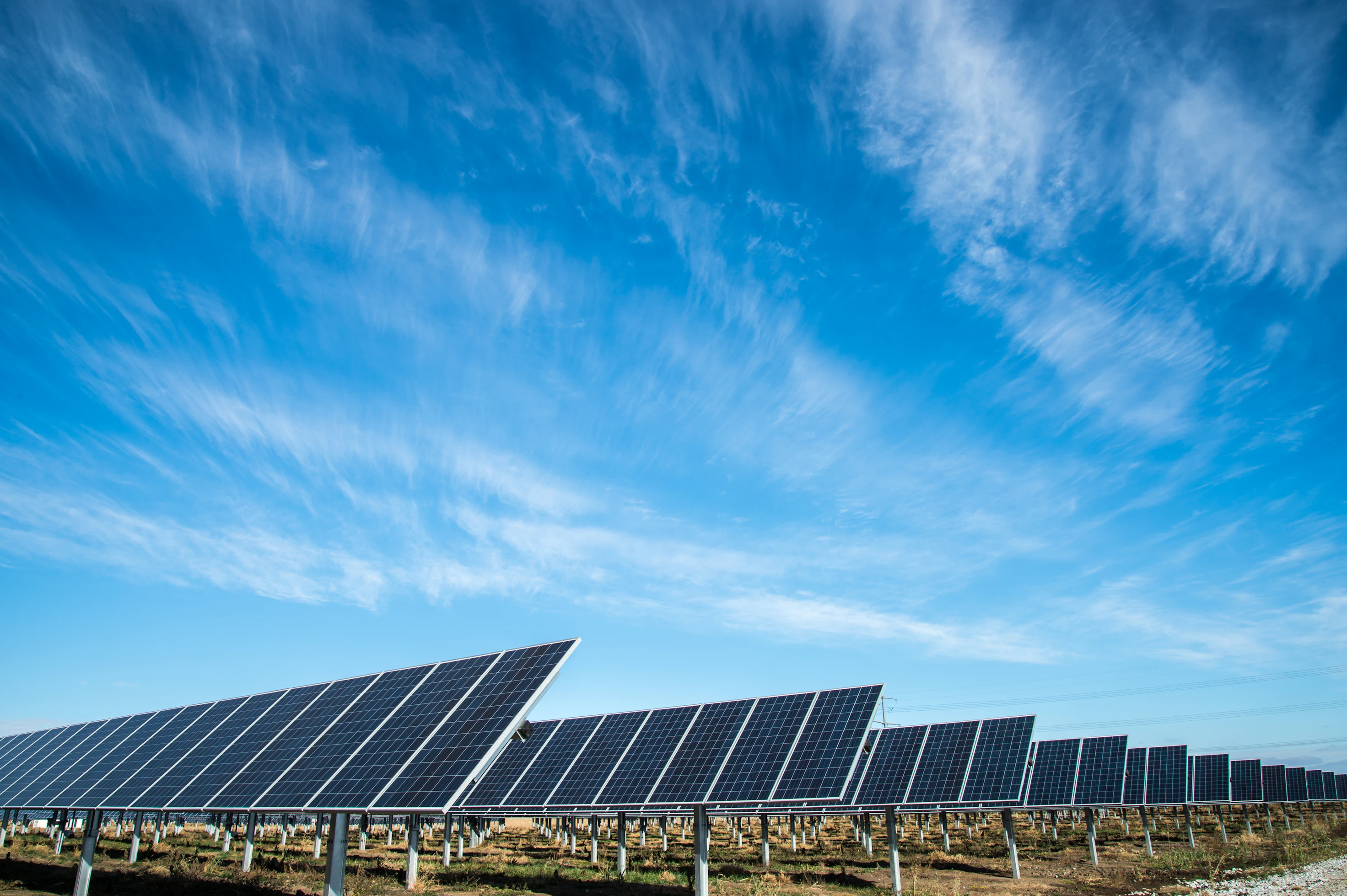In the evolving landscape of corporate sustainability, the integration of renewable energy has become a cornerstone of decarbonization strategies, for a company’s Scope 2 carbon footprint (indirect emissions from purchased electricity) and beyond. In the real estate sector, building owners are increasingly considering the energy impacts of their tenants and in some cases offering renewable energy as part of lease terms as a premium tenant amenity. In the technology sector, companies like Apple have set ambitious clean energy targets for their supply chain and are helping suppliers to meet targets through coordinated programs. For companies with ambitious Scope 3 targets, reducing the Scope 2 emissions of its suppliers throughout the value chain may play a pivotal role in decarbonizing Scope 3, and corporations are starting to strategically partner with suppliers in this effort.
The pursuit of clean energy and corresponding disclosure of carbon and energy metrics requires accountability, transparency, and tangible progress towards carbon reduction goals. As companies navigate the complex terrain of renewable energy procurement, they are often not only seeking clean kilowatt-hours (kWh) but also decarbonization solutions that align with their financial and other environmental, social, and governance (ESG) objectives. Let’s delve into what commercial and industrial (C&I) electricity customers are seeking beyond clean energy and how suppliers of renewable energy, such as gentailers and project developers, can differentiate themselves in this dynamic market.
Examples of instruments and pathways companies use to reduce indirect emissions from electricity consumption
Corporate adoption of renewable energy spans various pathways, each tailored to meet specific goals and regulatory frameworks and with varying terms, timelines and financial implications. Power Purchase Agreements (PPAs), whether bundled with Renewable Energy Certificates (RECs) or not, Virtual Power Purchase Agreements (vPPAs), spot REC purchases, and contractual procurement of RECs are among the diverse instruments at their disposal. Furthermore, innovative solutions such as green tariffs and sleeved PPAs cater to the unique needs of different industries and geographies and in markets where utilities dictate the options available to corporates. The choice of renewable strategy hinges on factors like geography, market regulations, budget constraints, Renewable Portfolio Standards (RPS) of utilities, and the overarching goal of emissions reduction.
Corporate considerations when evaluating renewable energy suppliers
For many companies, even those with large load profiles and ambitious decarbonization targets, the bottom line reigns supreme when selecting renewable energy suppliers. A critical question revolves around whether the supplier can enable and deliver on promised claims in a manner that is economically viable and structured in a way that minimizes risk and has contractual terms favorable to both parties. The pursuit of claims such as operations powered by 100% renewable energy, net-zero or carbon neutrality for Scope 2 emissions, 24/7 clean energy, and initiatives addressing environmental justice and community investments, and simply investing in renewable energy even in cases where the target is not set to 100%, underscores the multifaceted nature of sustainability commitments. As corporations increasingly look beyond mere dollars and cents energy procurement, they seek partners who can align with their values while delivering tangible results at price points that align with their energy and sustainability procurement budget(s).
Differentiating beyond energy for renewable products
For renewable energy suppliers, the differentiation in renewable energy offerings extends beyond the energy itself. Customers are increasingly requesting more than just clean electrons; they seek data-driven insights to support their sustainability claims and track progress effectively. Renewable energy suppliers can set themselves apart by not only offering a diverse portfolio of clean energy projects that enable claims by the customer but also through providing proactive data solutions that empower corporations to make informed decisions about their purchase and track progress in ways that are more traceable and accurate than settlement spreadsheets and manual data aggregation done in arrears (and often with errors). Beyond claim enablement, contract performance can, and should, be tracked on both sides to minimize risk and potential financial losses associated with underperforming contracts and proactively enable any true-ups or supplemental spot purchases of RECs or other clean energy instruments. By offering transparent reporting and digital experiences that streamline contract performance tracking, suppliers can mitigate risks, for themselves and their customers, and simultaneously enhance trust with their corporate partners.
Future-proofing clean energy investments with data-driven solutions
Renewable energy procurement is more than a transaction; it’s a long-term investment in both financial and ESG performance. Many companies are committed to investing in clean energy products that align with their sustainability goals while also meeting their financial bottom line. In the current landscape, renewable energy suppliers play a pivotal role in building trust and differentiation through data provision and digital experiences. As the demand for renewable energy continues to surge, the convergence of clean energy and data-driven solutions, such as software platforms like Cleartrace, will shape the future of corporate sustainability, driving meaningful progress towards decarbonization and the energy transition.

